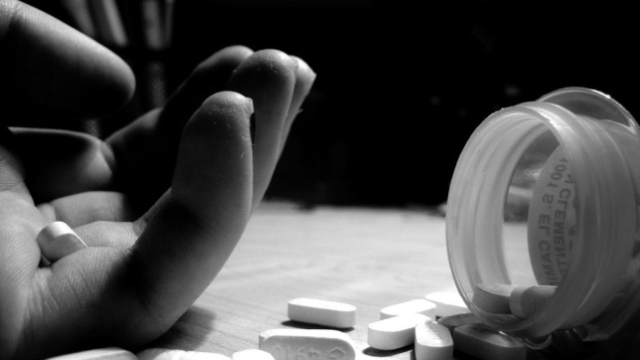A new statistics on suicide rates worldwide released by the World Health Organisation (WHO) reveals that at least one person dies every 40 seconds from suicide.
Each year, about 800,000 people die of suicide, WHO reports, with suicide being the second-leading cause of death among young people aged 15-29, after road injury.
The frightening statistics were released yesterday as the world marked the World Suicide Prevention Day, held globally on September 10, organised by the International Association for Suicide Prevention.
The main aim is to highlight the most essential ingredient for effective global suicide prevention and to encourage people to spread awareness about suicide prevention.
The number of countries with national suicide prevention strategies has increased in the last five years since the publication of WHO’s first global report on suicide by the WHO, in the lead-up to the World Suicide Prevention Day on September 10.
“Despite progress, one perso still dies every 40 seconds from suicide,” said WHO Director-General, Dr Tedros Adhanom Ghebreyesus. “Every death is a tragedy for family, friends, and colleagues. Yet suicides are preventable. We call on all countries to incorporate proven suicide prevention strategies into national health and education programmes in a sustainable way,” he said.
While 79 per cent of the world’s suicides occurred in low and middle-income countries, high-income countries had the highest rate, at 11.5 per 100,000.
Meanwhile, Facebook has announced changes to its policies that are geared toward improving how the platform handles suicide and self-injury content.
Updates include a new Suicide Prevention page that features resources for those who need them or who have a friend that is going through a tough time. The latest additions to Facebook’s Safety Center include resources for the National Suicide Prevention Hotline, the Crisis Text Line, the Veteran/Military Crisis Line, and The Trevor Project, which helps LGBTQ youth.
Facebook also said it would no longer allow self-harm images and would make it harder for people to search for suicide- and self-harm-related content on its platform and on Instagram. Changes also include the addition of a sensitivity screen on photos that depict healed self-harm cuts.
Key interventions that have shown success in reducing suicides are restricting access to means; educating the media on responsible reporting of suicide; implementing programmes among young people to build life skills that enable them to cope with life stresses; and early identification, management and follow-up of people at risk of suicide.
One person commits suicide every 40 seconds worldwide -WHO






